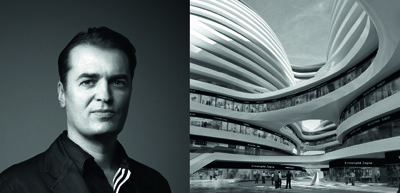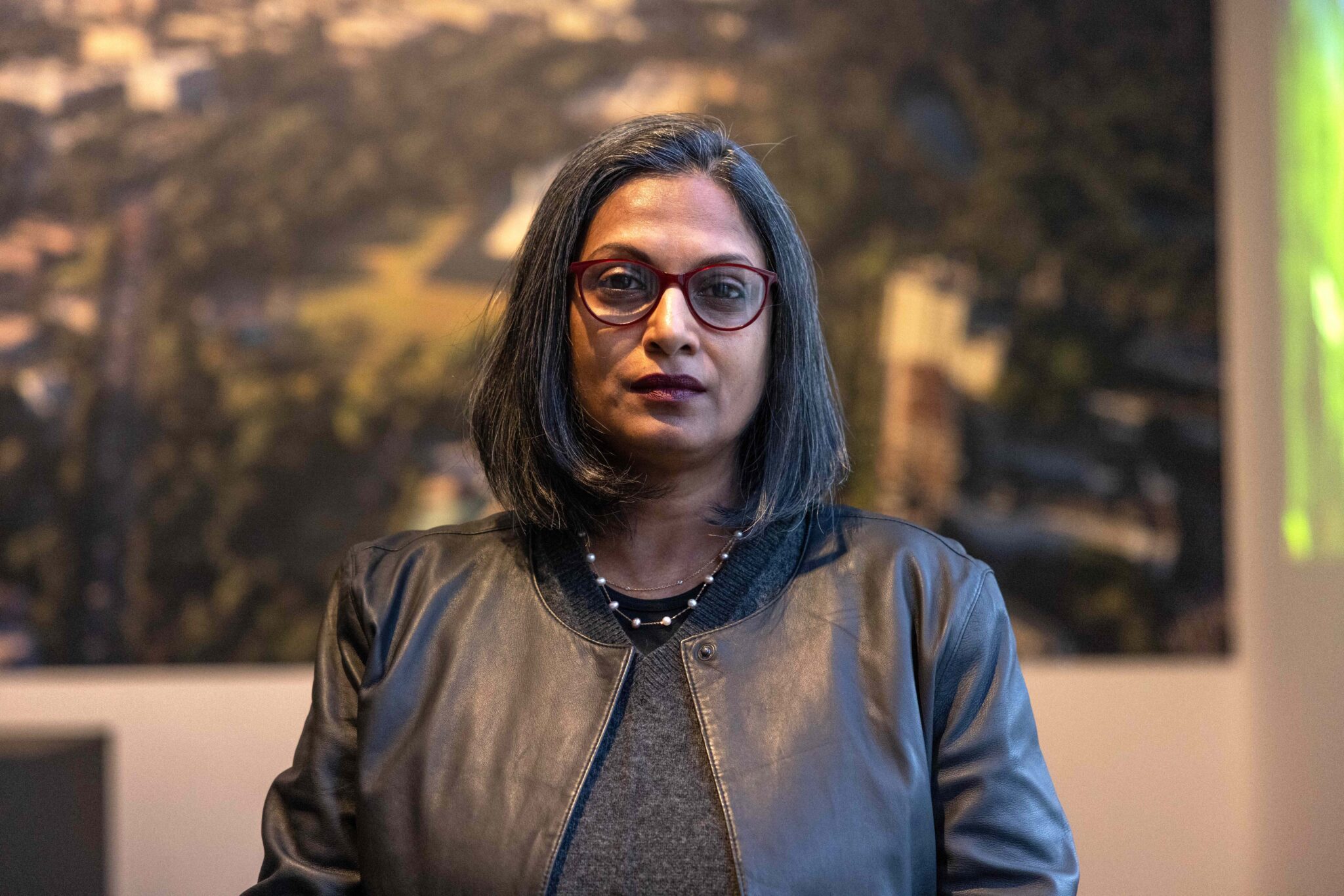Patrik Schumacher : partner at Zaha Hadid Architects and founding director of the Architectural Association’s Design Research Lab. The second volume of his theoretical work The Autopoiesis of Architecture, is published by Wiley this month.
I am writing these lines in Rio de Janeiro. Rio is a city of fantastic natural beauty but this is not a primary criterion for my town. My kind of town is more dense, intense and stimulating than Rio, Tokyo, Manhattan and Hong Kong put together. In my town the metropolitan condition that Georg Simmel described a century ago as numbing sensory overload becomes productive and transmutes into intense information processing. What I crave is a place that offers the most dense communicative experience. What I need to feel alive and productive is an urban vitality based on a high density of diverse communicative offerings that allow me to be randomly freewheeling and to become highly selective within a split second. This is only possible in a built environment that presents myriad communicative opportunities within each vista and where what is presented in the immediate visual field allows for inferences about what lies behind.
Contemporary society – that is post-Fordist ‘Network Society’ – demands that we continuously browse and scan as much of the social world as possible to remain connected and informed. We cannot afford to withdraw and beaver away in isolation when innovation accelerates all around. We must continuously re-calibrate what we are doing in line with what everybody else is doing. We must remain networked all the time to ascertain the relevancy of our efforts. Our feelers and tentacles must be reaching out and getting entangled all the time. Telecommunication via mobile devices helps but does not suffice. Rapid and effective face-to-face communication remains a crucial component of our daily productivity, despite all the media saturation. The whole built environment must become an interface of multi-modal communication. Only the Parametric Metropolis makes this possible.
All problems of society are problems of communication, and within a post-Fordist Network Society in particular, social productivity increases with the density of communication. The life process of society is a communication process that is structured by a rich, diversified panoply of institutions and communicative situations. It is the built environment that stabilises this matrix on institutions and that makes it navigable. In order to communicate within specific situations the relevant participants have to first find each other and gather in particular settings, brought into particular spatial constellations, enveloped by specific atmospheres that prime and prepare the participants with respect to the appropriate moods and modes of communication to be expected. This sorting, ordering, orienting and framing is achieved by the designed/built environment operating as a system of signification. All fashion and product design can be understood as providing semiologically charged communication interfaces. To grasp the importance of the ordering capacity in a complex built environment we might consider the following thought experiment: imagine that the population of a metropolis like London is thrown naked onto an undifferentiated tarmac surface. Nobody would know where to go or what to do. Nobody would even know who they are anymore. What is being erased is society’s navigation system, all the visible information about its order and institutions. The built environment is society’s physical memory. It functions as a system of signification that we all intuitively navigate to find relevant communication partners/situations.
The emerging Network Society implies that the intensity of communication increases exponentially. This should result in an intensification of relations that gives the urban field a performative density, informational richness and cognitive coherence that makes for quick navigation and effective participation in a complex social arena. Our increasing ability to scan a simultaneity of events and to move through a rapid succession of communicative encounters constitutes the essential, contemporary form of cultural advancement. The further advancement of this vital capacity requires a new city, a deep urban jungle.
The city is a complex text and permanent broadcast. All its spaces and territories are communications. Entering a territory implies the acceptance of a framing communication, and all further encounters and communications are premised by this. Our ambition must be to unfold more choice in dense, perceptually legible arrangements. The more free and complex a society, the more will it have to spatially order and orient its participants via perceived thresholds and semiotic clues rather than via physical barriers. The territories and settings that architecture offers are themselves communications about the types of interaction to be expected within respective spaces.
Everything must communicate with everything. In terms of urban environments we should be able to perceive and participate in as many events as possible, always exposed to further choices. This is facilitated best if the visual field presents a rich, ordered scene of offerings, and provides clues and anticipations about what lies behind the visible layers. This is made possible by the smooth parametric differentiation of all urban and architectural/urban subsystems and by infusing further order via the employment of associative logics that correlate the different subsystems in ways that make them representations of each other, facilitating inferences from the visible to the invisible or not yet visible. The urban dweller should be able to read and navigate the Parametric Metropolis just like the natives of the Amazon read and navigate their jungle. Instead of the garbage spill model of development that allows the random agglomeration and collage of pure difference, I am calling for the spatially complex, variegated order of natural eco-systems like the jungle.
The speed and confidence with which one can make new experiences and meaningful connections is decisive. The designed urban environments that facilitate such hyper-connectivity must be deep, layered and porous in all directions. The space allows us to follow different transformational logics and trajectories in the different directions. This is the space of the parametric jungle, giving the sense being suspended within a structured, fully three-dimensional field of urban riches.
First published in AT227, April 2012















